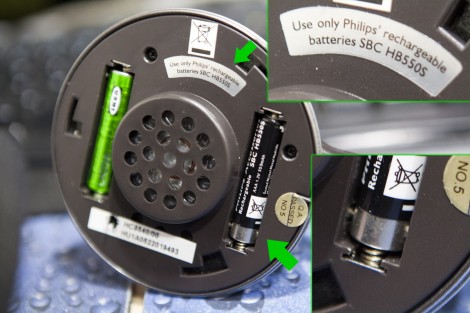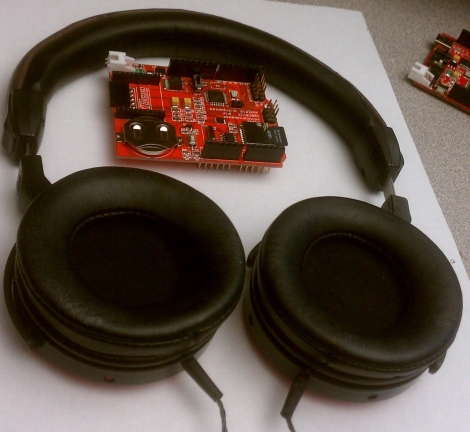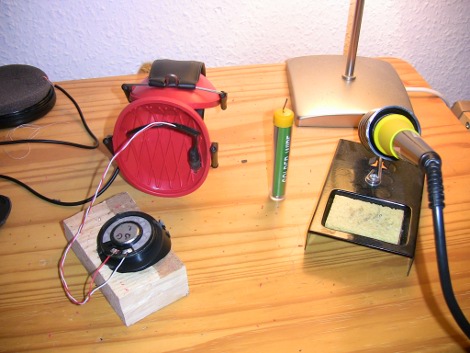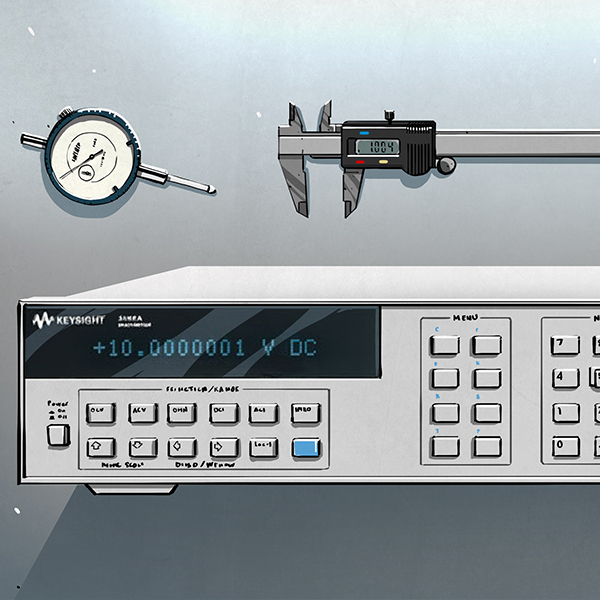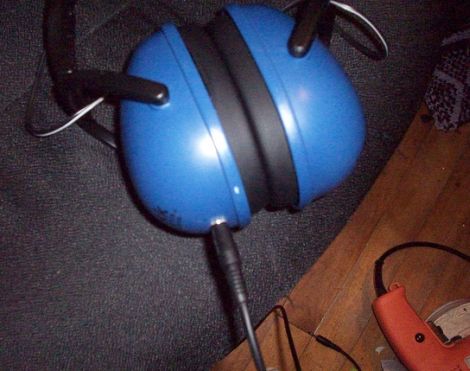
[Aaron Horeth] had a pair of headphones that had seen better days, and before he tossed them out, he realized that he could use them to build a set of custom cans. He had always wanted a pair of headphones with a detachable cord to prevent damage when tripped over, and thought that his old set would be the perfect donor.
He swung by his local hardware store to peruse their collection of construction earmuffs, eventually finding a set that looked decent and didn’t cost an arm and a leg. Using construction earmuffs as the framework for his headphones gave him the durability he was looking for with the added bonus of being designed to deaden extraneous noise. Once he got them home he pulled the drivers from his old set of headphones installing them into the earmuffs, but not before he wired them up to support a breakaway input cable.
There’s no doubt that the modifications are simple, but we imagine they come in pretty handy when tinkering around the shop.




